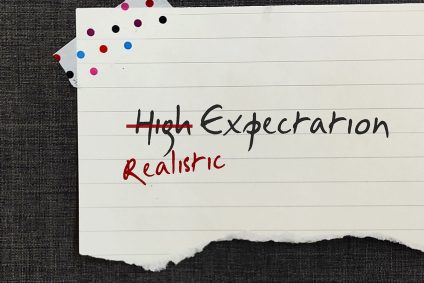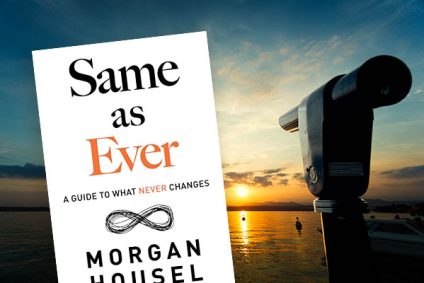Worry can have a crippling effect on our lives. In his celebrated classic, “How to Stop Worrying and Start Living”, Dale Carnegie shows how good thinking can help counteract the negative effects of worry on our mental health. In an age of increasing anxiety driven by social media and other factors, this decades-old book (first published in 1948), is a timely reminder to come back to some time-honoured principles.
Carnegie’s book is very helpful in that it details a range of ways that worry can manifest itself and the effects this can have not just on our thinking, but also on physical health. For instance, the effects of worry can include high blood pressure, heart attacks, strokes, arthritis, stomach ulcers and mental illness. It can lead to deterioration in your work, money, family life and relationships. The good news is that worry has been conquered by millions of people – not just “resilient” and “famous” people, but also “ordinary” individuals whose lives have been defined by worry. You can do it too.
One method Carnegie elaborates on to reduce one’s anxiety and worry is to focus on the day at hand. Forget the past, don’t dwell on the future. Instead focus on what is here and now – the present. Enjoy the day; have no anxiety about the morrow! If you do this, your worries will fade away. Control what you can and enjoy every minute. Be in the present.
How To Stop Worrying and Start Living recommends starting with three steps to help you get to grips with worry:
1. Get the facts.
2. Analyse the facts.
3. Come to a decision, then follow through with it.
The first step helps eliminate a lot of worry from the outset. Many people worry about things that are simply not based on reality. Or, we often worry about things that are extremely unlikely to happen (such as dying in a plane crash). Taking time to gather some facts – e.g. there are only X plane accidents per year out of millions of flights – can help put worry in perspective and give you more internal resources to deal with it.
Step three can be tremendously useful to people who are attracted to practical solutions to issues. For instance, what are the possible solutions to your problem? One option is simply to continue worrying and not do anything. Another idea could be to face your fear, head-on, to prove to yourself that you can control the fear – it does not need to control you (e.g. getting on a short flight if you are fearful of flying).
Carnegie points out that continuing to worry forms a habit that, whilst seeming easier, will eventually break you if you do not break it first. His book, therefore, naturally enters into a helpful exploration of ideas to help break bad habits. These include keeping busy (rather than letting your mind wander), reflecting on the “law of averages” (“how likely is this thing to happen, really?”) and accepting the inevitable (i.e. if the outcome you fear will almost certainly happen, just accept it and make the best out of a bad situation).
Overall, How to Stop Worrying and Start Living is still a truly helpful resource for those looking to mitigate the negative effects of worry. Whilst it will, inevitably, be limited in its ability to help those with a diagnosed anxiety condition, there is still much to learn from Carnegie’s work. The lists of “rules” (e.g. Seven Ways To Cultivate A Great Mental Attitude”) are easy to remember and can be called upon readily by the reader, later, when worry starts to set in.





